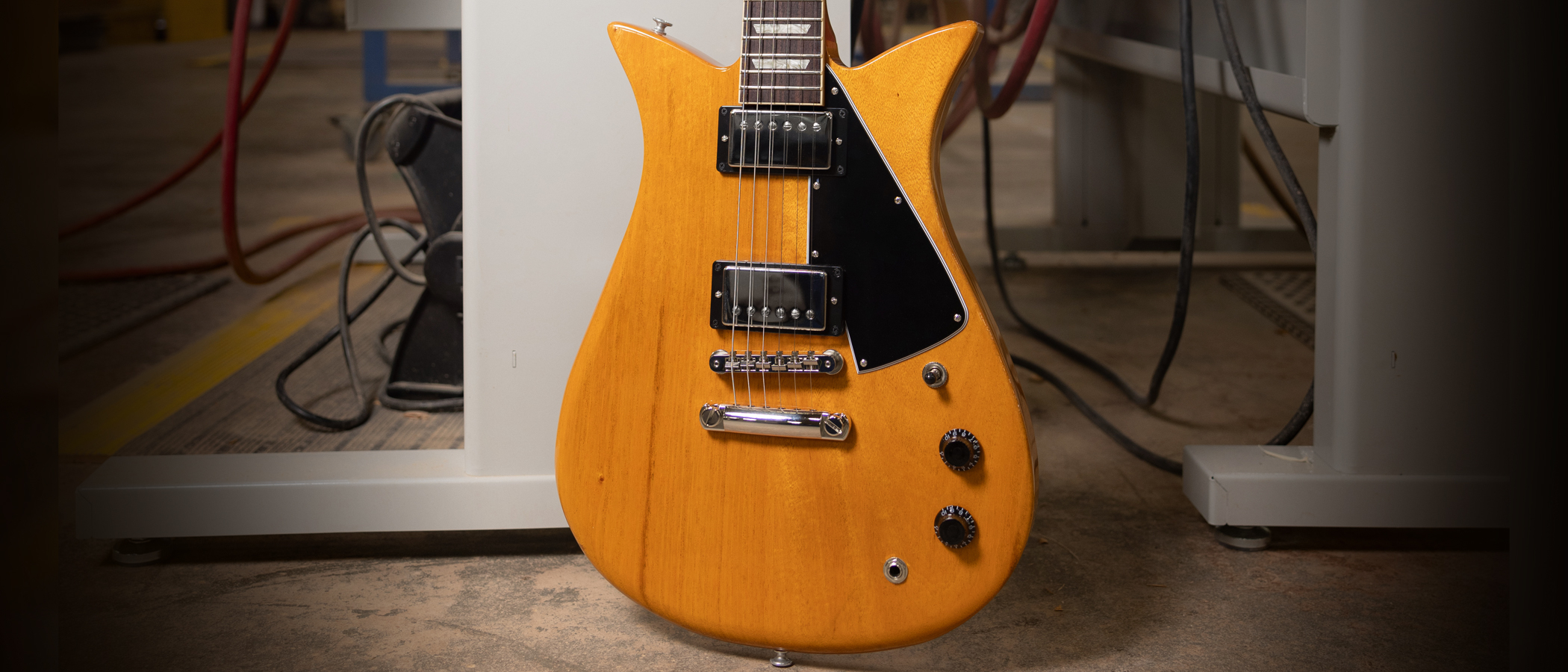
What is it?

When you think about it, guitarists are a rather hypocritical breed. We are obsessed with designs from the ‘50s and ‘60s, yet we long for innovation and something new. That said, when a company dares to stray from the well-trodden path of classic models and traditional designs, we hardly embrace them with open arms.
Well, Gibson may have the answer. The Nashville guitar giant has just unveiled its highly anticipated new model, the Theodore Standard. This guitar paradoxically blends the old with the new, resulting in a truly unique instrument that is sure to ignite the excitement of fans of vintage guitars while also offering them something completely different.
Delving into their rich archives, the team at Gibson unearthed a hidden treasure in the form of a sketch by former Gibson President and legendary figure in the world of electric guitars, Ted McCarty. This previously unseen drawing and notes outlined an idea for a new model, a piece of history that was sadly lost to time, until now. Dating back to 1957, this sketch was likely conceived around the same time as Gibson’s other iconic guitars, the Explorer, Flying V and the enigmatic Moderne.
For whatever reason, the Theodore – now named after McCarty – never saw the light of day, but fast forward to 2022 and Gibson finally put the guitar into production, albeit as a very limited Custom Shop run. This version of the Theo featured an alder body with a walnut center, a dual set of P-90 pickups and the iconic “hockey stick” headstock borrowed from the Explorer.
Stepping into 2024, the Theodore receives the Standard treatment with a few enhancements. It now boasts a mahogany body and neck and a set of 57 Classic and Classic Plus humbuckers. The iconic hockey stick headstock remains, but the neck is now bound like a Les Paul and features Trapezoid inlays instead of dots.
The guitar is available in three distinct finishes: the appropriately retro Antique Natural, the SG-inspired Vintage Cherry, and the classic Ebony.
Performance & verdict
Design & style
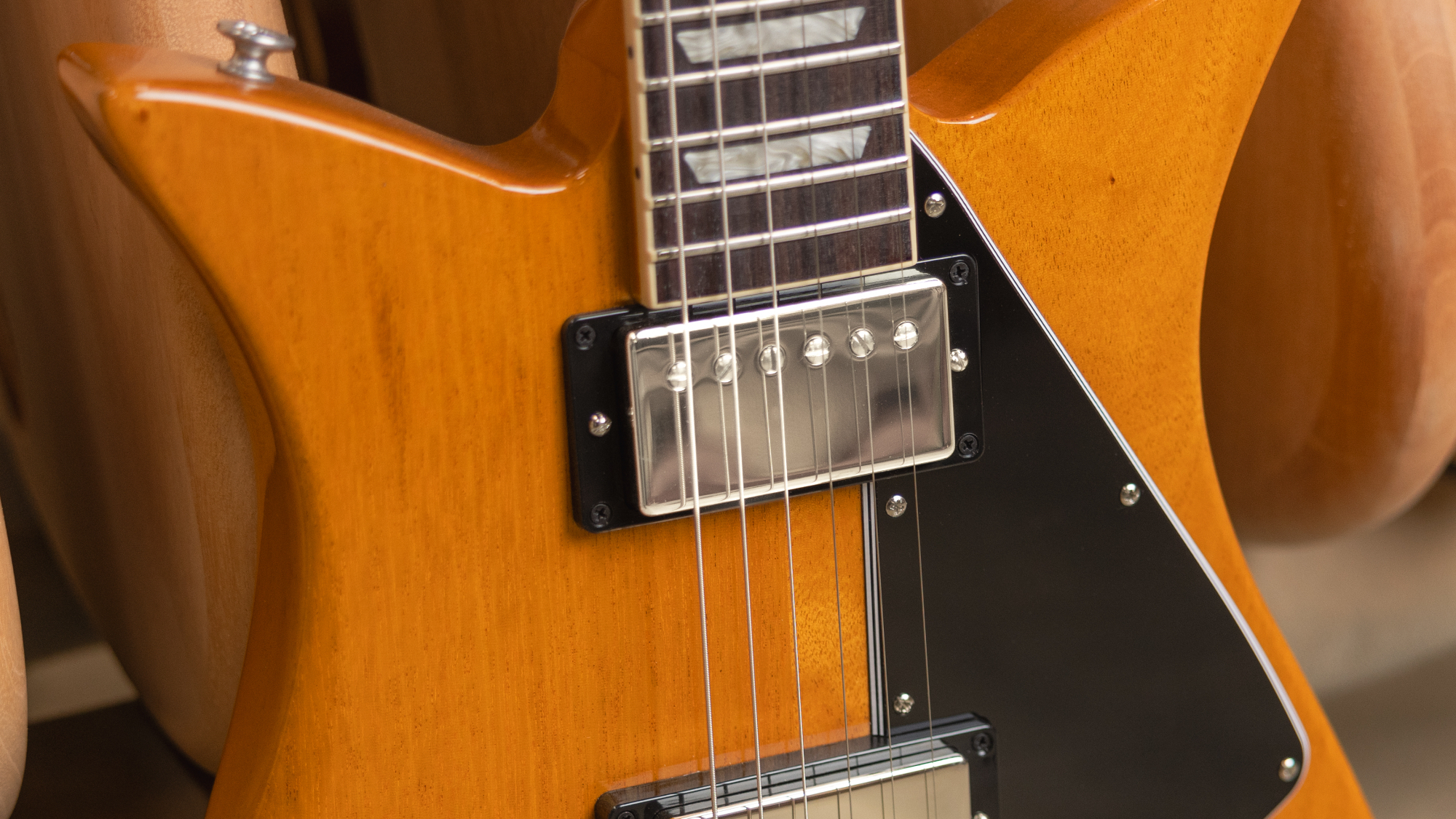
Okay, let's start by addressing the elephant in the room. This guitar’s design has seriously divided the community. Some love its tulip-like design, while others think it looks like the SG’s ugly cousin. We’ll be honest, when we first saw images of the Theodore, we weren’t taken by its rather strange shape. However, seeing the guitar in person completely changed how we viewed the design.
It’s only when you pick the guitar up out of its square Explorer-like case that you really get to appreciate the nuance of its bizarre shape. The reversed horns aren’t a million miles away from that of the SG and look pretty well-balanced when viewed from a multitude of angles. Then there’s the completely rounded left side, which is exquisitely finished and a stroke of genius in our eyes. This extreme contour makes the guitar insanely comfortable to sit down with, and its superior balance means it's equally as comfy when standing up.
So, if you saw a photo of the Theo and didn’t quite like what you saw, we highly recommend seeking one out in the wild, you may be pleasantly surprised.
Playability
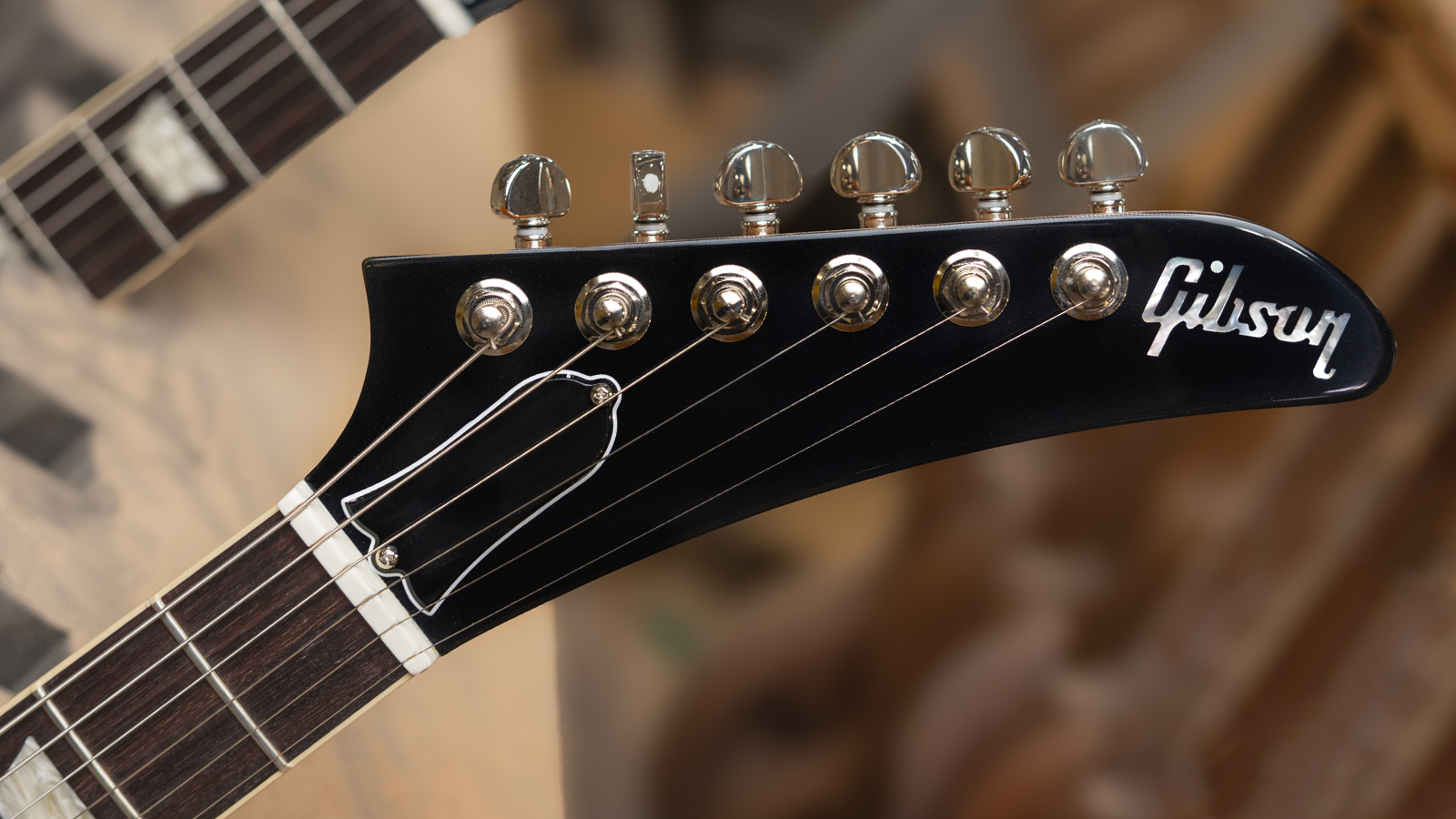
Making our way to the neck and the praise for the Theodore Standard keeps coming. Featuring a mahogany Slim Taper neck with the typical 24.75” scale length, this guitar feels perfectly comfy and very familiar to Gibson fans.
Our review model arrived with well-polished frets with zero sharp ends and was expertly set up straight out of the box. This guitar was intensely playable – and lightweight too! When compared to our beloved Gibson SG Standard, the Theodore Standard was considerably lighter and more resonant when played unplugged.
We’re not sure if it was the lightness of the wood or the extra mass of the headstock, but this guitar felt alive and exciting before we even plugged it in.
Tone
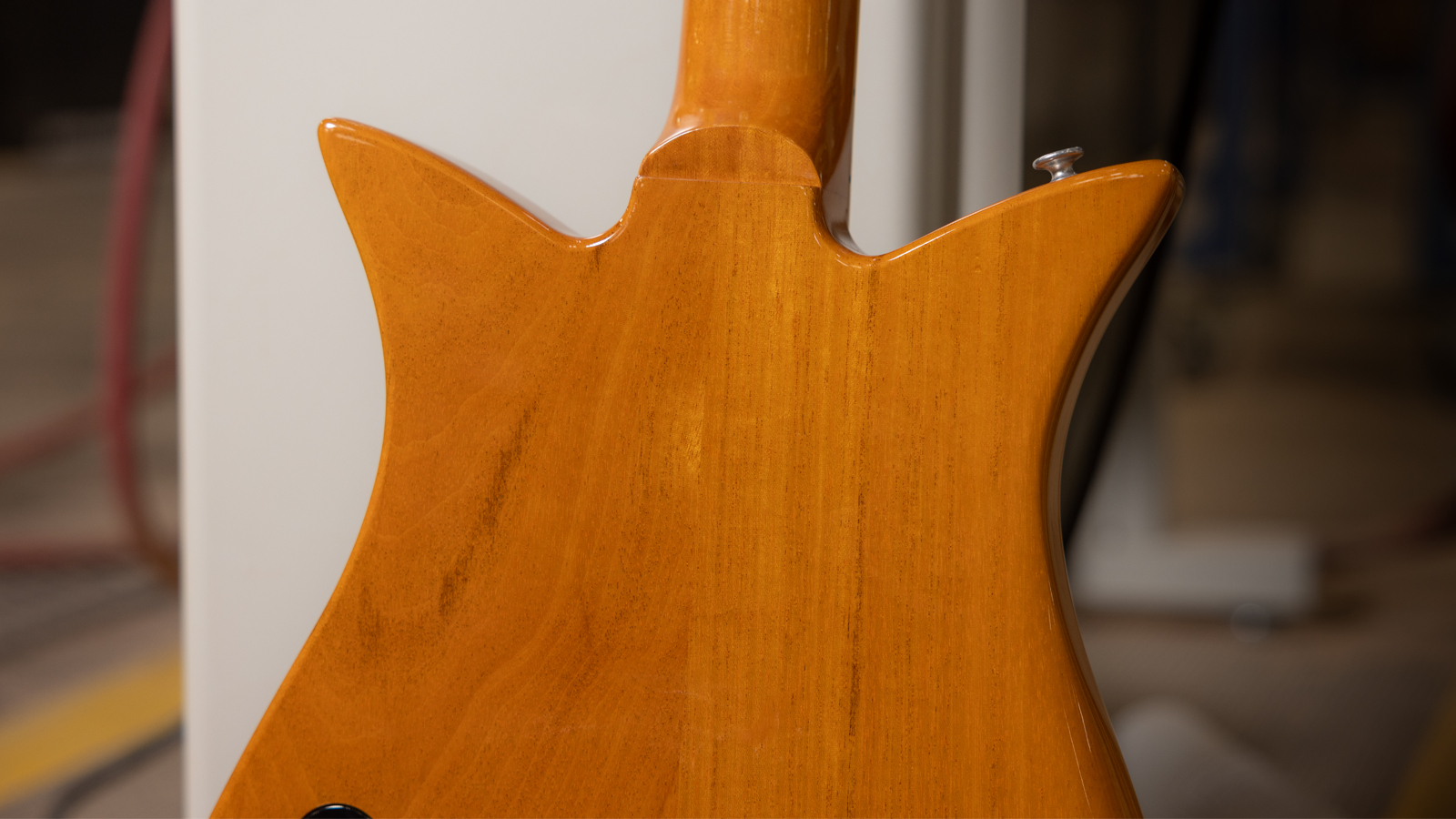
Speaking of which, the Theodore Standard is loaded with a Classic 57 in the neck and a Classic 57 Plus in the bridge position. Tonally the Theo sounds exactly like you’d expect from a Gibson. With warm mids, compressed and focussed lows and a militant top-end, this guitar makes short work of classic rock riffage and face-melting solos. The sustain on single notes is commendable, too.
If we were to compare the guitar tonally to another one of our Gibsons, it would be our Explorer. Now, while both the Theodore and the Explorer share very similar tonal characteristics, one is definitely a lot easier to manage for smaller players!
Final Verdict
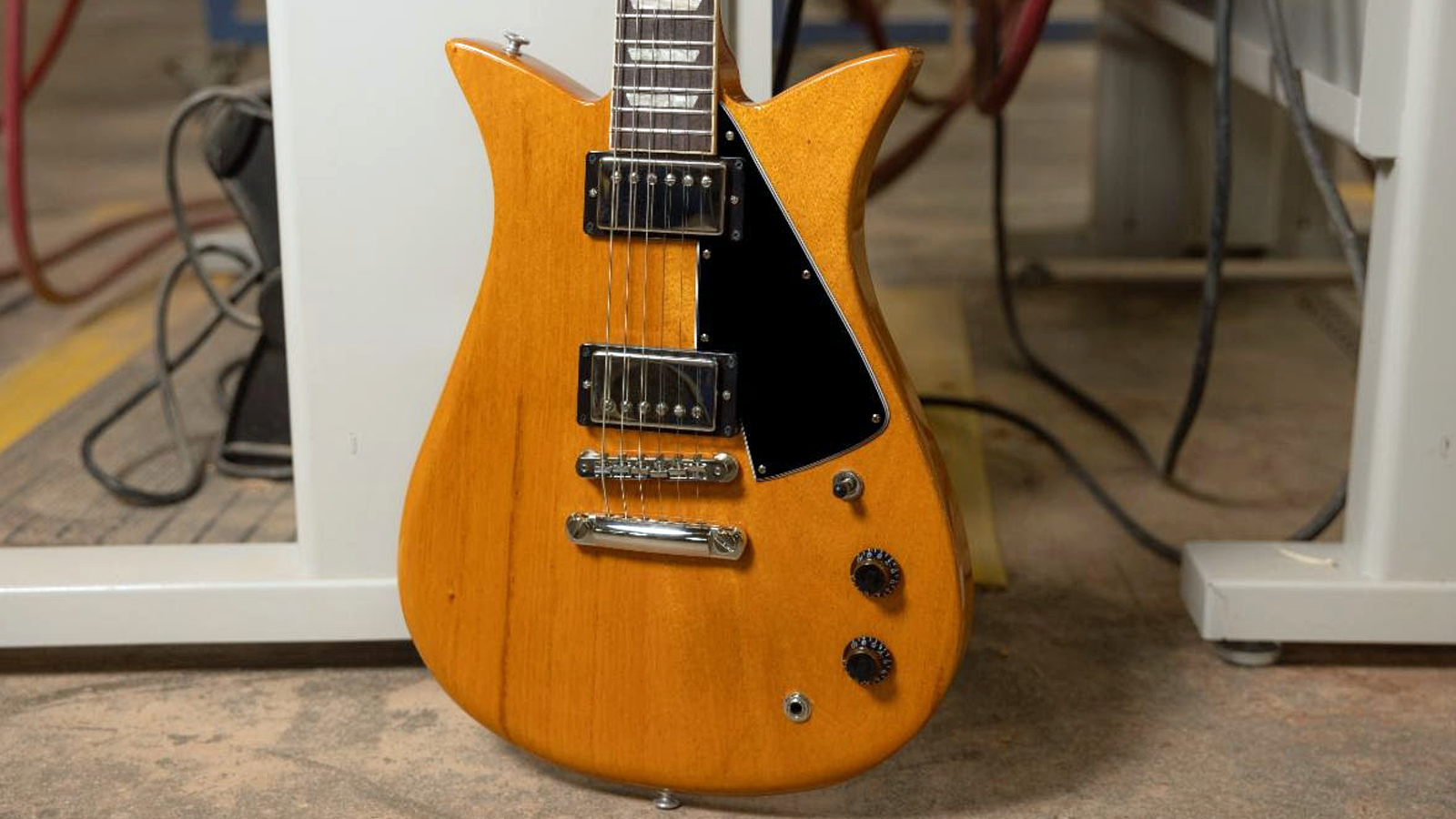
Okay, we admit it, from photos alone, we didn’t have particularly high hopes for Gibson’s new Theodore Standard. However, we’re happy to admit that we were wrong – perhaps there’s a lesson here in not judging a book and all that...
This guitar looks a lot better in person and the distinctive design actually has performance benefits that make this guitar a serious player and one we struggled to put down.
Couple the effortless playability with classic Gibson tones and you end up with one of the best and most fun Gibson guitars we’ve played in a very long time.
Hands-on demos
Gibson Gear Guide
Cream City Music
Specifications
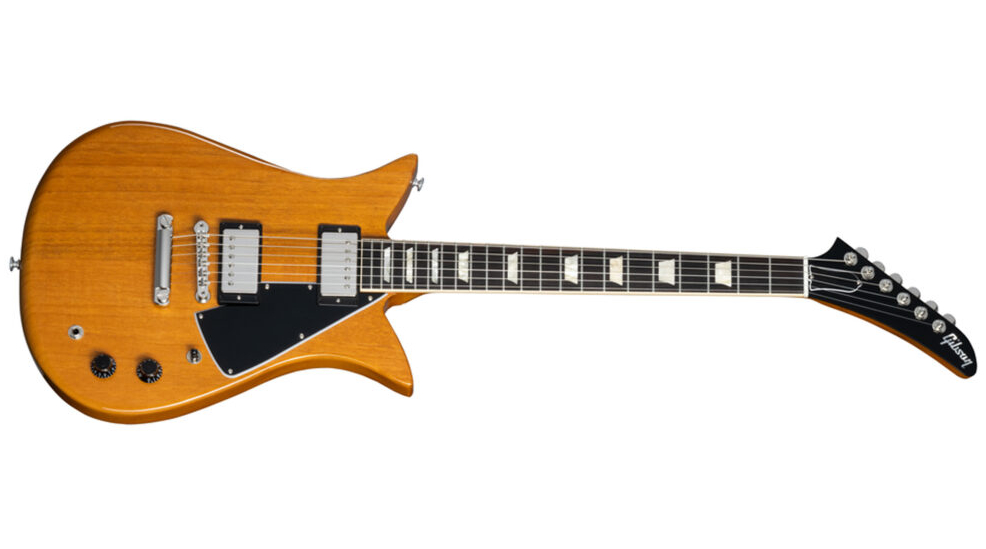
- Body Style: Double Cut
- Body Shape: Theodore
- Body Material: Mahogany
- Body Finish: Gloss Nitrocellulose
- Neck: Mahogany
- Profile: SlimTaper
- Scale Length: 628.65 mm / 24.75 in
- Fingerboard Material: Indian Rosewood
- Frets: 22 Medium Jumbo
- Bridge: ABR-1 Tune-O-Matic
- Pickups: 57 Classic Plus/57 Classic
- Controls: Master Volume, Master Tone; Hand-wired with Orange Drop Capacitors
- Case: Hardshell Case
- Contact: Gibson







